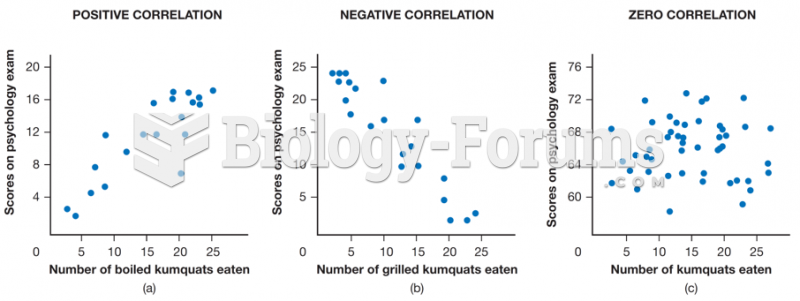Answer to Question 1
Take a medical history. Ask about the history of exposure to TB, signs and symptoms (S/S) of active
TB infection, medications, and past medical history (PMH). Find out whether she has regular access
to health care.
Consider any demographic factors, such as country of origin, age, ethnic group, or occupation,
which may increase her risk for exposure to TB or to drug-resistant TB. Note her domestic and
occupational conditions.
Ask about current symptoms, including a productive cough, night sweats, afternoon temperature
elevations, weight loss, and pleuritic chest pain.
B.A. has been exposed to infectious TB. Because previous testing results have been negative and this
test result was positive, B.A. may have been exposed to active TB since her last negative Mantoux
test result.
Answer to Question 2
You measure the area of induration (not erythema), which is defined as a hardened area under the
skin. The area is measured transverse to the long axis of the forearm.
The CDC has the following guidelines for a positive Mantoux reaction:
A PPD induration greater than 5 mm is considered positive for persons with, or at risk for, HIV
infection; those who have had close, recent contact with someone who has infectious TB;
persons who have a chest x-ray (CXR) study that shows old, healed TB; and patients with organ
transplants and people who are immunosuppressed for other reasons.
A PPD induration greater than 10 mm is considered positive for foreign-born persons from
high-prevalence countries; IV drug users; individuals from medically underserved, lowincome
populations; residents of long-term care facilities; people with chronic illnesses;
mycobacteriology laboratory personnel; and all children and adolescents.
A PPD induration greater than 15 mm is considered positive for all other persons.







